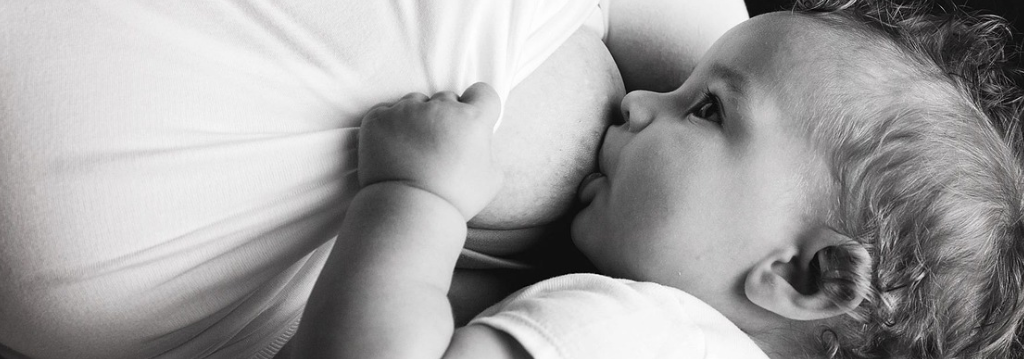
As doulas and educators, it is vital that we know about updates in research so we can pass along evidence-based and accurate information to our clients and students. One of the newest updates in the area of lactation addresses mastitis and “blocked” milk ducts. This new information is really challenging the way we view the treatment of prevention of mastitis and inflamed milk ducts.
According to the Academy of Breastfeeding Medicine in May of 2022, it is now known that mastitis is a spectrum of breast conditions and does not always involve infection. In fact, in many cases, it is inflammation and can improve in 24-48 hours when properly treated. So, no longer should we use the system of over-feeding, over-pumping, heating, and over-massaging breasts to make sure they’re fully drained to remove or prevent “clogs”. We need to rethink the term “clogged milk ducts” and instead view it as “narrowed” or “inflamed” milk ducts. Where does this inflammation come from? It is usually brought on by dysbiosis (imbalance of the breast microbiome), and may also be caused by hyperlactation, which left untreated can lead to inflammatory mastitis.
Ductal inflammation should be treated similarly to how we would treat other forms of inflammation throughout the body. For example, if you were to have a sprained ankle, would you apply heat and vigorously massage it? No, of course not. You would likely rest it, apply ice, and take an anti-inflammatory. We should think of the breasts in the same way. The new protocol should be to NOT over-feed on the affected side but instead only express for comfort. Over feeding or over pumping increases milk production and thus, adds to congestion in narrowed milk ducts. Instead of heat which actually will bring more blood flow and inflammation to the area, apply ice. Instead of deep vigorous massage, use only light-touch, lymphatic drainage. Use anti-inflammatories such as ibuprofen. Use acetaminophen for pain relief. Possibly use sunflower or soy lecithin to reduce inflammation and emulsify the milk (discuss with care provider and IBCLC).
What about antibiotics? If the above protocol has been used and no improvement has been observed by the client, they should see guidance from their care provider to see if in fact they have an infection which may warrant antibiotics.
Will milk production be impacted? Usually, yes. With less removal of milk on the inflamed side, the breasts may downregulate in production to allow for the inflammation to subside. Once inflammation is subsided, resuming typical feedings and/or pumping sessions will trigger the body to upregulate again and milk production should increase.
An easy way to remember the new protocol is using the acronym B-A-I-L:
- Breast Rest
- Anti-inflammatory (ibuprofen)
- Ice
- Lymphatic drainage
To learn more about this new protocol, go to BFM-2022-29207-kbm-ver9-
This update brought to you by Darla Burns.
 I have always been fascinated by birth and babies. Growing up, I thought I would become a teacher or psychologist but never imagined that those two things would essentially meld into me becoming a birth and postpartum doula, and later, a postpartum doula trainer! I am so grateful to have had the opportunity to train over 650 postpartum doulas and to know that these students will go on to positively impact new families. I love teaching and I love supporting my students whether they contact me a week after training or 14 years later. Building these relationships has impacted me greatly. Additionally, both of my sisters are also in the birth industry so I know it’s in our DNA!
I have always been fascinated by birth and babies. Growing up, I thought I would become a teacher or psychologist but never imagined that those two things would essentially meld into me becoming a birth and postpartum doula, and later, a postpartum doula trainer! I am so grateful to have had the opportunity to train over 650 postpartum doulas and to know that these students will go on to positively impact new families. I love teaching and I love supporting my students whether they contact me a week after training or 14 years later. Building these relationships has impacted me greatly. Additionally, both of my sisters are also in the birth industry so I know it’s in our DNA!
When I’m not doula’ing or teaching, I love my morning cups of coffee while sitting in silence. In the evenings, I love hanging out with my husband, adult children and French Bulldog or getting together with my sisters and friends for some Mexican food and margaritas!